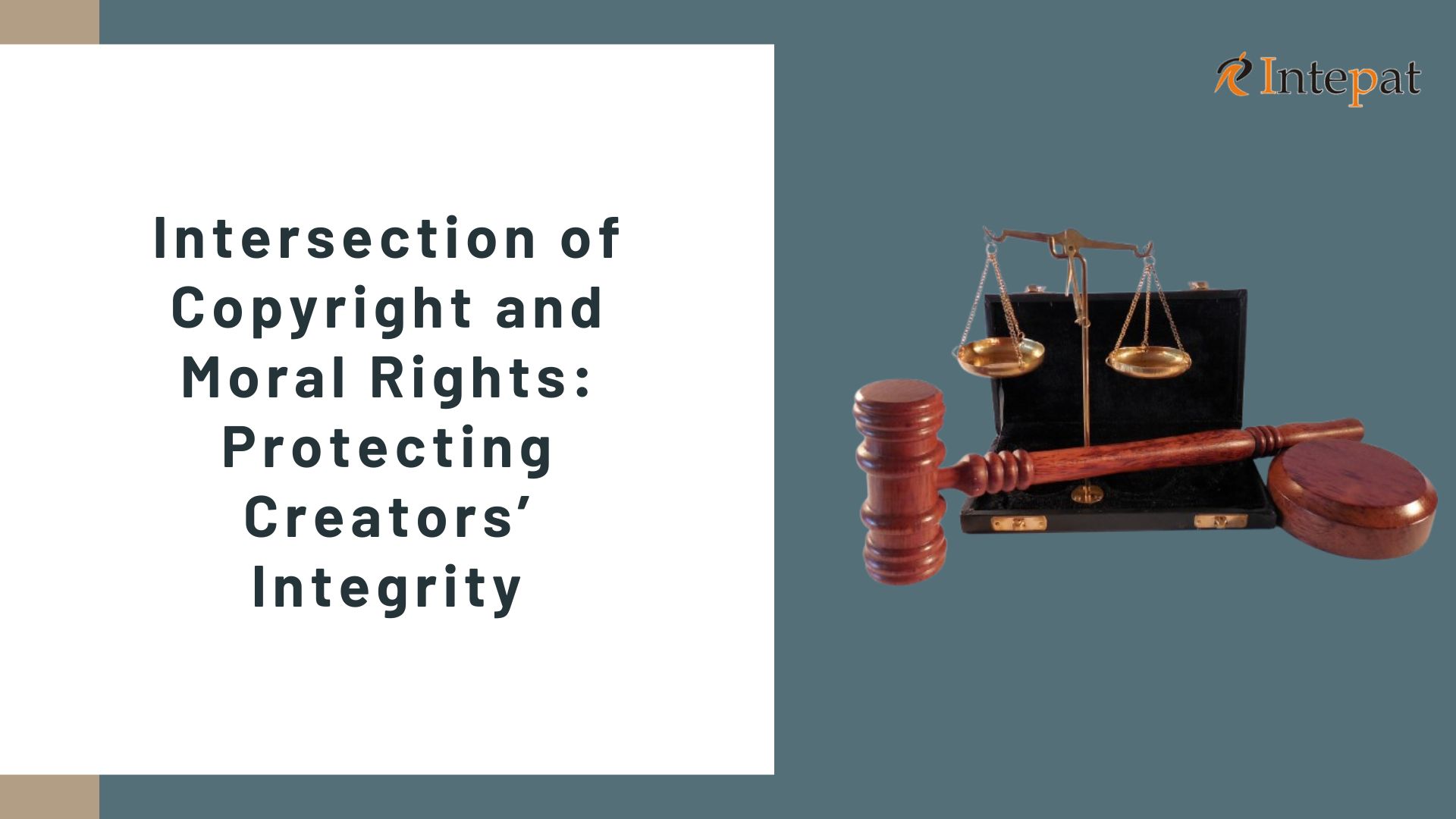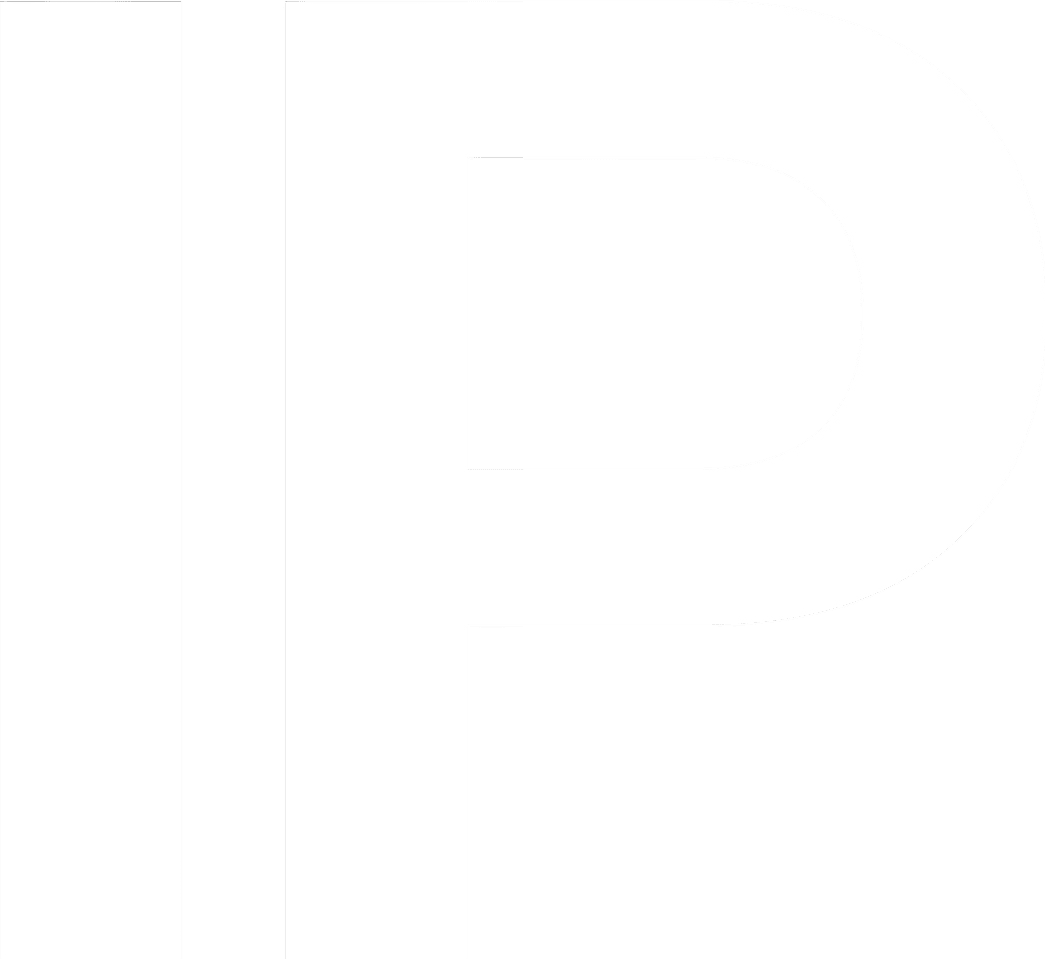
In the realm of intellectual property, copyright and moral rights play pivotal roles in safeguarding the interests of creators. While copyright primarily focuses on the economic rights associated with creative works, moral rights emphasize the personal and reputational interests of the creators. This article delves into the intricate relationship between copyright and moral rights, highlighting their significance in protecting creators’ integrity, especially in the digital age.
Copyright Law and Moral Rights
Copyright law and moral rights are two fundamental pillars in the realm of intellectual property, each serving distinct yet complementary purposes. Copyright law primarily focuses on the economic rights of creators, granting them exclusive control over the use and distribution of their works. These rights include reproduction, distribution, public performance, and the creation of derivative works. The primary objective of copyright law is to incentivize creativity by allowing creators to reap financial benefits from their creations.
Moral rights, on the other hand, are concerned with the personal and reputational interests of creators. Rooted in the belief that a creator’s work is an extension of their personality, moral rights protect the integrity and attribution of the work. These rights ensure that creators are properly credited for their works and that their creations are not subjected to derogatory treatment that could harm their reputation.
The Importance of Preserving Creators’ Reputations
The preservation of a creator’s reputation is crucial for several reasons. First, it acknowledges the personal connection between the creator and their work, recognizing that creative works are often a reflection of the creator’s identity, values, and artistic vision. Protecting this connection helps maintain the integrity of the creative process and ensures that creators can take pride in their work.
Second, preserving a creator’s reputation is essential for fostering a vibrant and diverse cultural landscape. When creators feel confident that their moral rights will be respected, they are more likely to experiment, innovate, and contribute to the cultural richness of society. This, in turn, benefits the public by providing access to a wide array of creative expressions.
Finally, the protection of moral rights can enhance the economic value of creative works. A strong reputation can lead to increased demand for a creator’s works, higher sales, and greater opportunities for licensing and collaboration. By safeguarding the personal and reputational interests of creators, moral rights contribute to the overall sustainability of the creative industries.
The Overlap and Tensions Between Copyright and Moral Rights
While copyright and moral rights serve different purposes, they often intersect in ways that can lead to tensions and conflicts. Understanding these overlaps and tensions is essential for navigating the complex landscape of intellectual property law.
- Economic Exploitation vs. Artistic Integrity: One of the primary sources of tension between copyright and moral rights is the potential conflict between economic exploitation and artistic integrity. Copyright holders, who may be different from the original creators, often seek to maximize the economic returns from a work. This can involve making alterations, adaptations, or commercial uses that the original creator might find objectionable. For example, a film studio might want to edit a movie for commercial reasons, but the director might object to changes that compromise the artistic vision.
- Transferability and Waivability: Another area of tension arises from the differing nature of copyright and moral rights in terms of transferability and waivability. Economic rights under copyright law can be transferred or licensed to others, allowing for the commercialization of the work. Moral rights, however, are often considered inalienable and cannot be transferred or waived. This creates a legal tension when a creator sells their copyright but retains their moral rights, potentially leading to disputes over how the work is used.
- Duration of Rights: The duration of copyright and moral rights can also differ, leading to potential conflicts. In many jurisdictions, copyright lasts for the life of the author plus a certain number of years (e.g., 70 years in the United States). Moral rights, however, may have different durations, sometimes extending beyond the term of copyright. This can create complications in managing the rights associated with a work overtime.
Challenges and Approaches to Balancing Commercial Interests and Artistic Integrity
- Negotiating Rights and Agreements
Challenge: A significant challenge is structuring agreements that properly address both economic and moral rights. Creators and copyright holders must navigate contract negotiations to ensure the creator’s moral rights are upheld while allowing for the commercial use of their work.
Approach: Contracts should include clear provisions on attribution, approval of modifications, and the specific contexts in which the work may be used. These clauses can help ensure creators receive due credit, retain the right to approve changes to their work, and prevent inappropriate or misleading uses.
- Enforcement and Remedies
Challenge: Enforcing moral rights can be difficult, especially when violations occur across different legal systems. Issues such as jurisdictional disparities, limited resources, and the availability of effective legal remedies pose significant obstacles.
Approach: Strengthening legal frameworks is key. This could involve extending the duration of moral rights protection, adapting protections to digital contexts, and holding digital platforms accountable. Additionally, improving creators’ access to legal support can empower them to pursue claims more effectively.
- Technological Advancements
Challenge: Rapid technological advancements pose new threats to the balance between commercial interests and artistic integrity. Digital technologies enable unauthorized modifications and distribution, often without the creator’s consent, which can spread uncontrollably across the internet.
Approach: Using technology to protect moral rights is a viable solution. Digital rights management (DRM), watermarking, and blockchain can help monitor and ensure proper attribution, while giving creators more control over how their works are used and disseminated.
- Cultural and Jurisdictional Differences
Challenge: Variations in cultural and legal perspectives complicate the protection of moral rights across jurisdictions. Civil law countries like France and Germany offer stronger protections compared to common law nations like the United States, but creative works are often shared globally, necessitating more uniform protection.
Approach: International cooperation is vital for safeguarding moral rights in a globalized environment. Countries should work toward harmonizing legal frameworks and upholding moral rights across borders through treaties and conventions. Education initiatives can also help raise awareness of moral rights among creators and the public, fostering greater respect for these rights.
The intersection of copyright and moral rights presents a complex and dynamic legal landscape that requires careful navigation to protect the interests of creators while promoting the public good. By understanding the nuances of these rights and the challenges they pose, we can develop strategies to strengthen moral rights in the digital age. This will ensure that creators can continue to produce innovative and diverse works, enriching our cultural heritage and benefiting society as a whole.
Written by Sarren, an assessment intern @Intepat IP.
